603619
Stock code
(%)
The Wensu Block, located in Wensu County and Aksu City within the Aksu Prefecture of the Xinjiang Uygur Autonomous Region, is structurally situated in the Wensu uplift area in the northwest part of Tarim Basin, covering an area of 1,086.26 square kilometers. Oil and gas exploration in this area began in 1965, and for over 50 years, no significant breakthrough was achieved. In 2017, two exploratory wells, XWD1 and XWD2, deployed by the Oil and Gas Resource Survey Center of the China Geological Survey under the Ministry of Natural Resources, achieved high-yield industrial oil flow in the Wensu uplift for the first time, marking a significant breakthrough in the exploration of new regions and strata for oil and gas. In response to the national requirements on oil and gas reform pilot, in January 2018, Zhongman Petroleum and Natural Gas Group Corp., Ltd. (ZPEC) acquired the prospecting rights for this block through a bid of RMB 866.7 million.
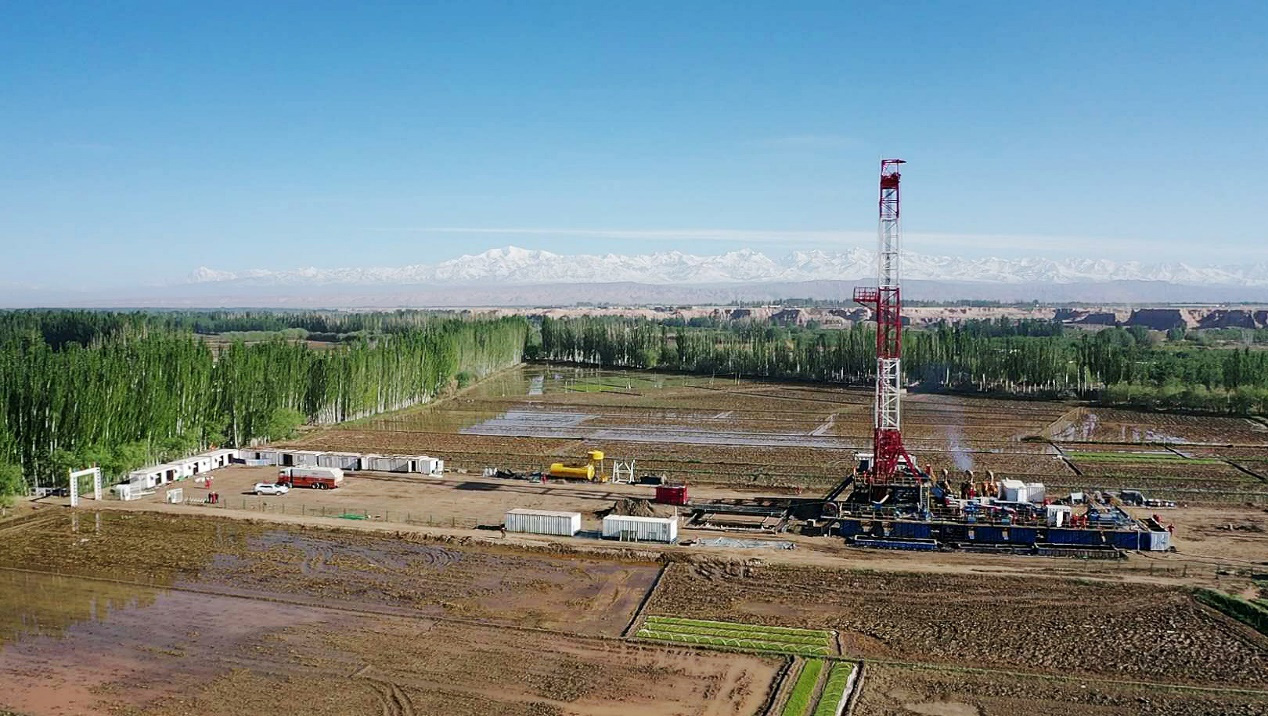
After acquiring the prospecting rights, ZPEC Group established Aksu Zhongman Oil and Gas Exploration and Development Co., Ltd. and registered it at Wensu County on March 6, 2018, and then completed tax registration and bank account opening. From April 2018 to February 2019, 377 square kilometers of 3D seismic acquisition and processing work were completed in the southern part of the work area, laying a high-quality data foundation for later structural interpretation and exploration deployment.
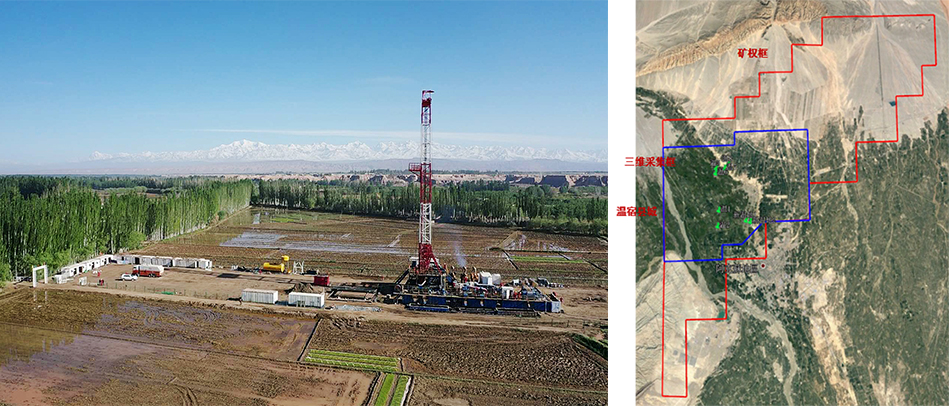
With the help of 3D seismic data in 2019, the “two zones and one uplift” structural pattern of the Wensu Block was clarified for the first time, and 105 square kilometers of favorable hydrocarbon accumulation areas were identified, indicating a broad prospect for exploration in the block. Between 2019 and 2020, around this structural pattern, 39 exploration and appraisal wells were drilled, and oil and gas testing was conducted in 34 wells across 73 layers, all of which yielded high oil and gas flows, marking significant exploration progress. Between June and August 2020, upon field surveys and expert reviews, the Report on the Newly Proven Reserves of Oil and Natural Gas in the Jidike Formation of the Neogene in Wen 7 Block of Wenbei Oilfield was approved by the National Commission of Mineral Reserves. On September 9, 2020, the Ministry of Natural Resources issued the “Reply Letter Regarding the Reserve Evaluation and Filing of Mineral Resources for the 'Report on the Newly Proven Reserves of Oil and Natural Gas in the Jidike Formation of the Neogene in Wen 7 Block of Wenbei Oilfield”, making ZPEC the first private enterprise in China to pass the review and record-filing of an increase in proved reserves for oil and natural gas. The Jidike Formation of the Neogene in Wen 7 Block of Wenbei Oilfield saw an increase in proven oil-bearing area by 8.39 square kilometers, with proven petroleum geological reserves of 30.11 million tons; the geological reserves of dissolved gas increased by 304 million cubic meters, with the gas reservoir covering an area of 2.23 square kilometers and geological reserves of natural gas reaching 449 million cubic meters. Through pilot production, an annual crude oil production capacity of nearly 80,000 tons was formed. In 2021, a total of 120 new wells were drilled, 118 of which were successful, viz. a success rate of 98.3% and a total drilling depth of approximately 230,000 meters. On August 31, 2021, the Ministry of Natural Resources issued the License for Oil and Gas Exploitation in Wenbei Block, Tarim Basin, Xinjiang.
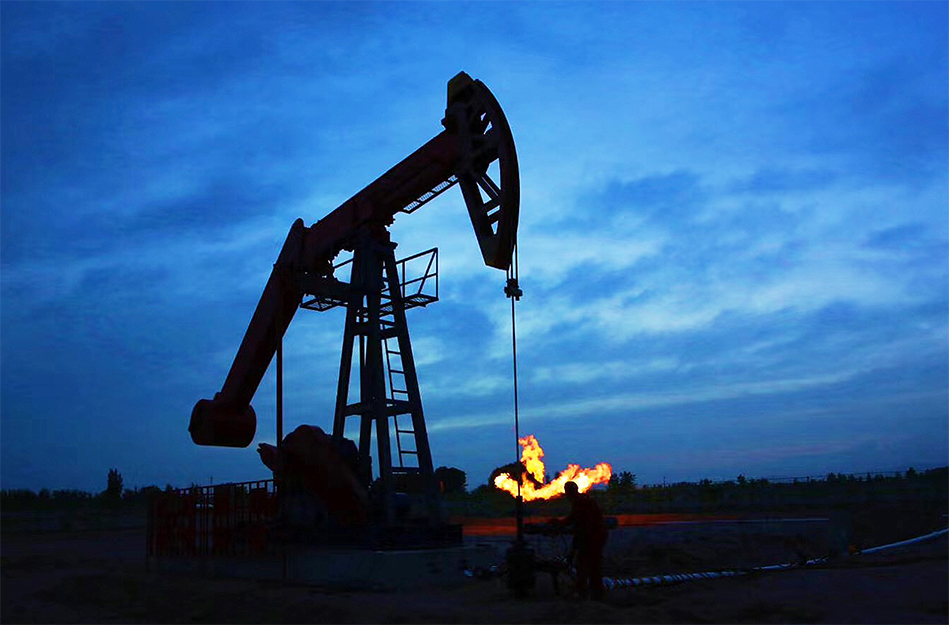
By implementing a second-phase 440 square kilometers of 3D seismic survey in 2021, a comprehensive understanding of the underground structural features of the area was achieved, laying a solid foundation for future rolling exploration and evaluation. Several exploration and appraisal wells deployed were successful, helping to discover Kokyar, Hongqipo, and Saik oilfields. By the end of 2023, four oilfields had been discovered in Wensu area, with 421 producing oil wells, 9 injection wells, and an annual oil production of 580,000 tons, forming a crude oil production capacity of over 600,000 tons. Wenbei Joint Station also began trial operation in October 2023.
The exploration area of Wensu Block is 1,086.26 square kilometers, with proven geological reserves of petroleum reaching 30.11 million tons by 2020. Between 2022 and 2023, the expansion of the oil and gas-bearing area of Kokyar Oilfield, and new oil-bearing strata such as the Sinian and Nanhua systems were discovered, adding 10 million tons to the reserves and meeting the conditions for reporting proven reserves. In 2024, further rolling evaluation around F1 fault is expected to add approximately 10 million tons to the reserves, forming a crude oil production capacity of over 700,000 tons.
With the rolling development of F1 and F2 faults and Saik structural belt horizontally, and the continuous breakthroughs in the Upper Cambrian and Nanhua systems vertically, the oilfield’s reserves and production are expected to grow, ultimately aiming to build a medium-scale oilfield.

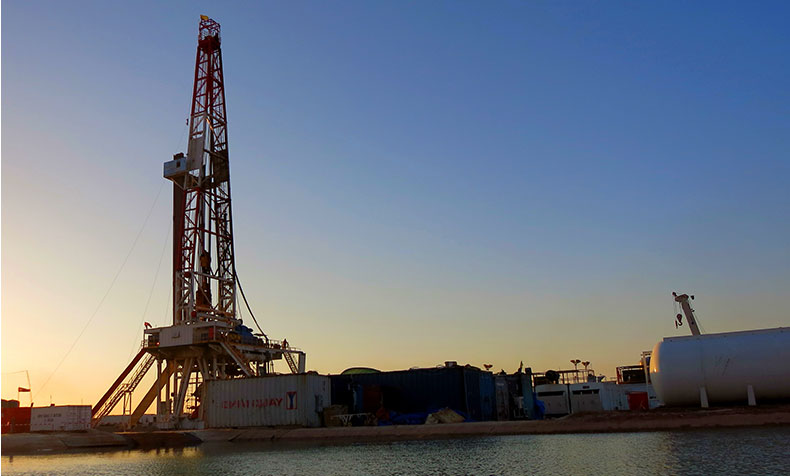
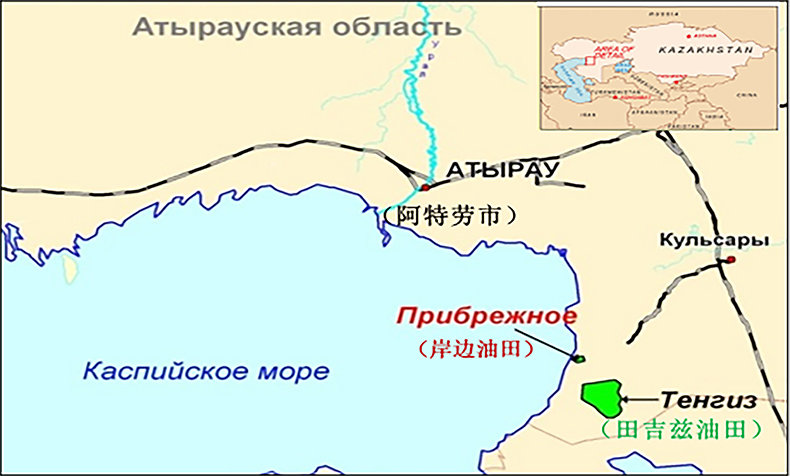
copyright © 2021 中曼石油天然气集团股份有限公司 . ALL RIGHTS RESERVED 沪ICP备08116516号-1